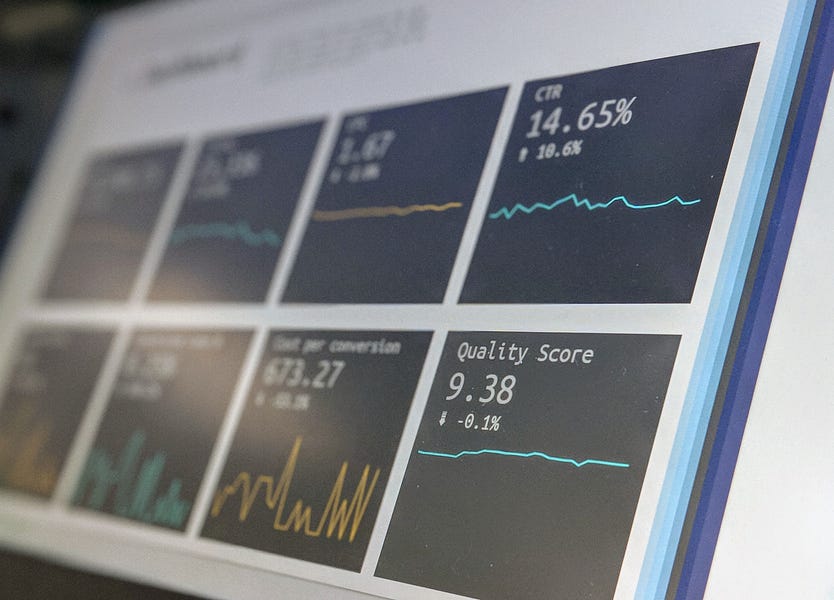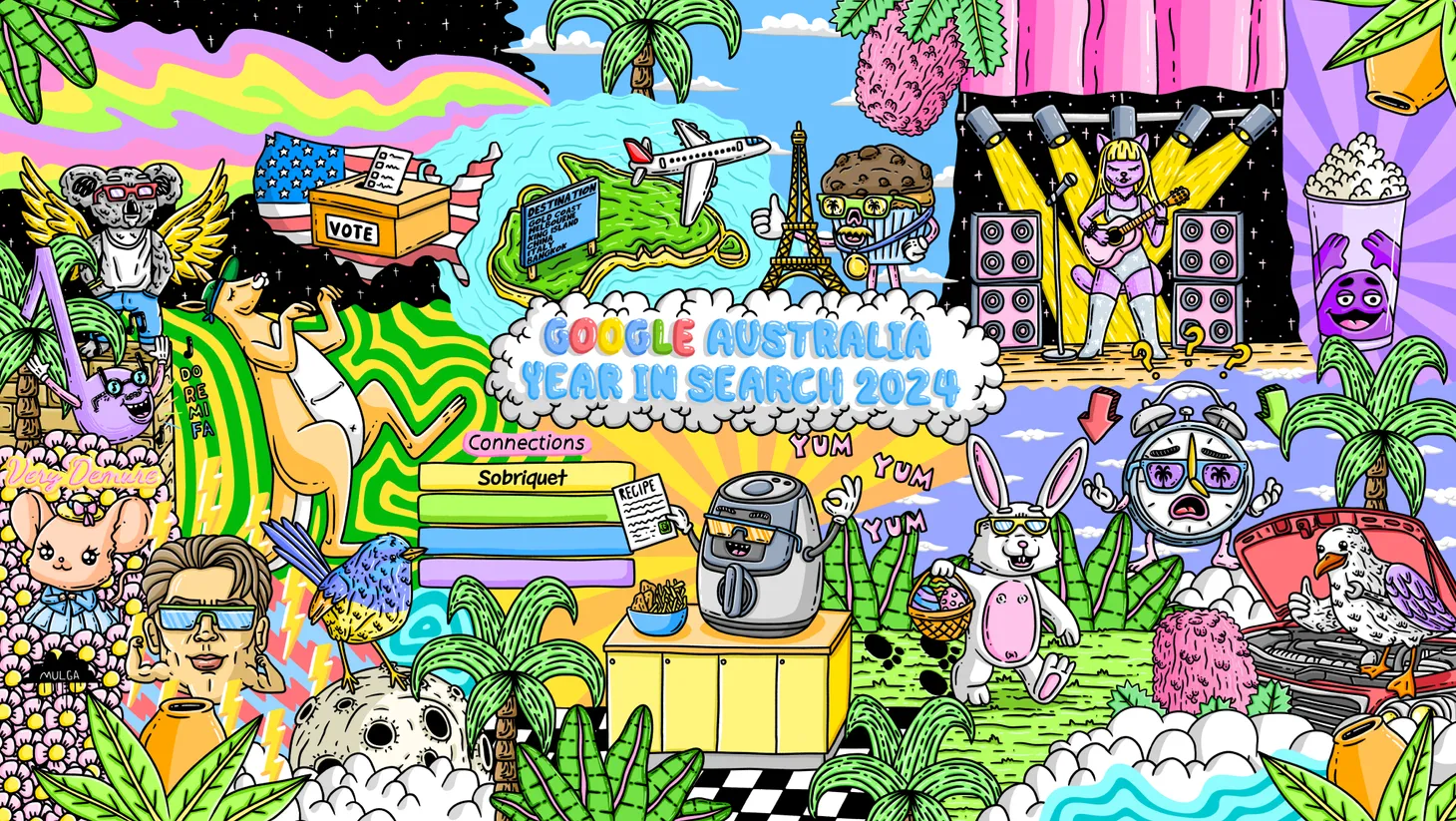Data and how you slice it
There's always a reason to present data in very specific ways.

Data. It’s one of those digital ‘things’ that gets mentioned again and again but really isn’t a single ‘thing’.
There’s so many analogies out there for what it means, and after a quick search to find provenance for the ‘data is oil’ quote I see even that metaphor is hotly contested for what it even suggests about the nature of its use.
What’s obvious is that there’s a lot of it. Beyond that? What it says? What it means? How it’s used? It can mean and can say so many different things. It all just depends on how you slice it.
Facebook has just released its latest report on the most popular content on its platform. It’s been really annoyed by reporters who used its own tools to show which pages on the platform were getting the highest daily engagement with posts – a list dominated by right-wing blowhards.
Facebook loved to respond by saying that ‘engagement’ in this sense wasn’t the same as what most people were seeing on their feeds… but it always failed to offer up this alternate real-time measurement for reporters and analysts to explore. Was that going to paint a better picture? Why not show us if it would?
Today’s list is a great example of finding a way to slice your data to serve your own interests.
I’ve stared at behind the scenes metrics on media websites big and small for a long, long time now, and it is an absolute Truth that when you go long with a slice of pageview data you find the weirdest stories have the longest shelf life. They’re the ones that just drip feed traffic for months on end, while your Big Impact stories deliver spikes of traffic that put a dent in the zeitgeist for just a few days.
But when you’re doing a list of the ‘Biggest’ stories of a year, you don’t really want to foreground the idea that a random story about dinosaurs was your top traffic driver (a very real situation at Gizmodo Australia back in 2010).
When I see this Facebook report, I see the Bizarro version of the dance we danced back then, wanting to emphasise more important things as our top stories. Facebook wants to downplay serious news so it can keep doing its best to pretend it has very little influence in the fight over social media influence on political discourse.
Better for Facebook to slice its data to foreground weird, obscure things that are timeless and can circulate endlessly than to offer real-time insights that show just how radicalised the biggest daily content on its platform has become.
This presentation of data is confusing and bland by design.
To go to this much effort and continue to NOT share real-time insights? While cutting off academic efforts to monitor the site’s political advertising because of the company’s lack of any real transparency?
The biggest social network knows it has a lot to hide.
More on that...
Wired digs into some other take aways from this weird Facebook report
The social media giant’s new transparency report mostly succeeds in showing the extent of its spam problem.
Meanwhile, disinfo spreads there fast
A new report finds violent militia groups have become “key” spreaders of vaccine misinformation on the platform.
Brain food
Teens cash in on the NFT art boom
Forget mowing lawns and bagging groceries. Some Gen Z kids are finding other ways to make money this summer.
10 comforting, bingeworthy docuseries to nourish your brain
From fashion to food, sport to sound, we’ve gathered some great docuseries to dive into for a binge that educates while it entertains.
A retelling of anxiety through the thoughtful platformer Celeste
Unlike so many media depictions of anxiety, Celeste reflects the messy, non-linear nature of dealing with mental illness.
Byteside
How piracy made game culture thrive in my small Indian town
What happens when all you can get is a handful of pirated games? And what changes when you can finally buy everything ever made?
Crows, killer castles and death: the Acid Nerve team talks Death's Door
UK indie team Acid Nerve discusses the success of Death’s Door, which nearly outsold the lifetime sales of their debut game in a few weeks.
The Legends of Runeterra community isn’t buying what Riot's selling
Fans are angry about overpriced cosmetics in Riot’s card battler. So how expensive are they? Are the fans right or wrong?
Cool
Indiana Jones and the Search for Authenticity
Disney’s official replica idol from Raiders sparks replica fakery and debate over which fake is the best fake of the real fake. Keeping up?
Samsung says it will stop loading its $1,000 smartphones with ads
Samsung typically shows ads in Bixby, the weather app, Samsung Pay, and more.
Appreciating the poetic misunderstandings of AI art
The Twitter account @images_ai has gained a following for its feed of surreal, glitchy, sometimes beautiful images created through machine learning.
Byteside Newsletter
Join the newsletter to receive the latest updates in your inbox.



